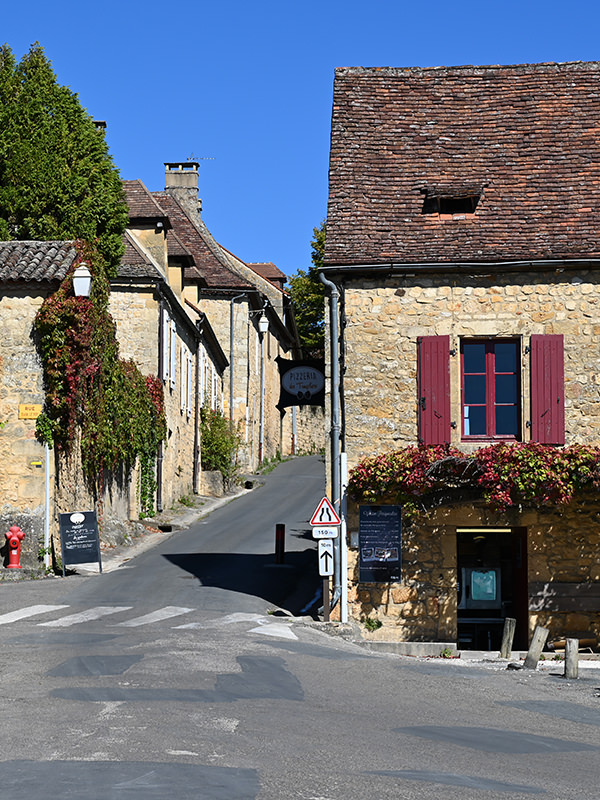
Domme ...
In Just A Minute
60
Produced by :  © 2022
© 2022


Produced by :  © 2022
© 2022
In the southern Périgord Noir, the Pays de Domme offers a wide range of discoveries and activities. The Bastide de Domme was founded in 1281 on a protected cliff 215 meters high and has unique architectural monuments, including the ramparts and the Porte des Tours, where the captured Templars made engravings still visible today.

To the south of Sarlat and La Roque-Gageac, this Belvedere village particularly rich in flowers welcomes us. We discover its beauty on foot, excite with our bollerwagen in which the filming equipment is transported. For those lazy on foot, there are two Petites Trains , which take visitors through the village.
Domme was founded in the 13th century - at the same time as the other bastides which characterize the southwest of the country. The change of dominion of southern and western France to the English crown through marital unions of the royal houses in 1152 had led to warlike disputes. The new borders, partly identical with the course of the Dordogne, required new military strategies. In addition to the occupation of opposite castles, some 400 fortified settlements, the bastides, were built on both sides between 1229 and 1373 to provide protection for the surrounding population against raids and attacks.



After the end of the Hundred Years' War, the bastide of Domme, as a strictly Catholic community, vehemently resisted Huguenot influence in the run-up to the Wars of Religion. In 1588, after a sixteen-year siege, the Protestant captain Geoffroy de Vivans managed to climb the river-side bluff on the north side of the bastide in a surprise night attack and open the city gates to his siege army. - He entrenched himself here and established a garrison in it for four years. The escalation of confessional disputes and growing successes of the Catholics, especially in Périgord, forced Geoffroy to sell to them in 1592.

After clearing and largely restoring the settlement, viticulture flourished again in the 17th century. The town's successful markets were soon known throughout the region. The market hall also dates from this period. The destroyed church was also rebuilt at that time and received its current portal and bell tower in the 19th century.